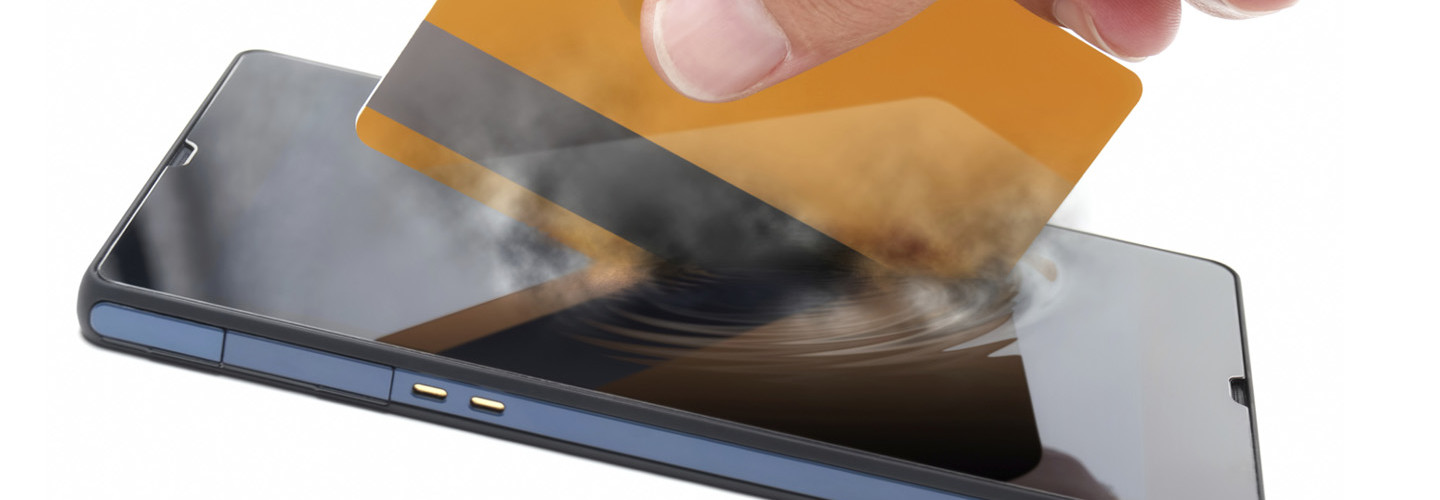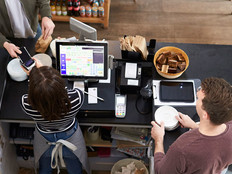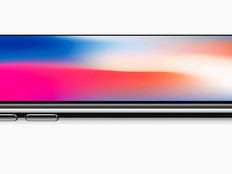Mobility Continues to Drive Sales on Cyber Monday
Even before the term “Cyber Monday” was coined, back in 2010, holiday shopping had begun its shift from brick-and-mortar stores to online spaces.
Cyber Monday sales have risen steadily from year to year, and Adobe estimates that sales will hit $3 billion in 2015 — a 12 percent year-over-year increase.
The lure of Cyber Monday has much to do with the lack of lines and crowds and, in many cases, the convenience of free shipping; but in recent years, mobility has become a major success factor as well.
According to Adobe’s 2015 Holiday Shopping Prediction, mobile could account for 29 percent of sales on Cyber Monday. The report adds that the majority of mobile sales will come from iOS users rather than Android users.
Data from the IBM Digital Analytics Benchmark also indicates that despite the fact that shoppers did more browsing on smartphones than on tablets in 2014, the latter devices drove more sales (12.9 percent, compared with smartphones’ 9.1 percent). The average purchase amount was also higher for tablets than it was for smartphones, with shoppers spending $121.49 per order and $99.61 per order, respectively.
Putting Mobile First
For retailers, the rise of mobile shopping means one thing: It’s time to optimize for today’s buyers.
A Kissmetrics infographic warns that 40 percent of mobile Internet users will abandon a website if it takes more than three seconds to load. “A 1 second delay in page response can result in a 7% reduction in conversions,” it states.
Based on Adobe’s $3 billion projection for Cyber Monday sales, 29 percent of which is expected from mobile, that would mean a loss of nearly $61 million this year.
Kissmetrics states that other problems plague mobile shopping, including site crashes or errors, poor site functionality and a hard-to-read format.
According to Bizrate Insights, retailers can improve the mobile experience by prioritizing these five components:
- Smooth transition from email to site
- Quickly loading pages that fit small screens
- Big images and legible text
- Easily clickable links, without enlarging
- “Remember me” auto-login
It’s also important to choose a responsive design, says digital marketing expert Brian Hughes, in an article on TheSEMPost.
“Responsive design means the website will automatically adjust to accommodate the screen on which the site is being viewed, whether that’s a computer monitor, tablet or smartphone,” he writes.
Hughes adds that retailers can optimize for mobile by cutting the fluff from their sites:
The best mobile websites are light, simple and fast. If a widget or embedded media does not seamlessly enhance user experience, eliminate it. This includes inaccessible content, like Flash, which negatively impacts your site’s ranking. When evaluating whether or not to keep a piece of content on your mobile site, use this simple test: “Does this content enhance the user experience?” All content must align with user intent.
For retail sites, that intent will, of course, be shopping. And when businesses make the mobile purchase experience as streamlined as possible, the dollars will start rolling in.








